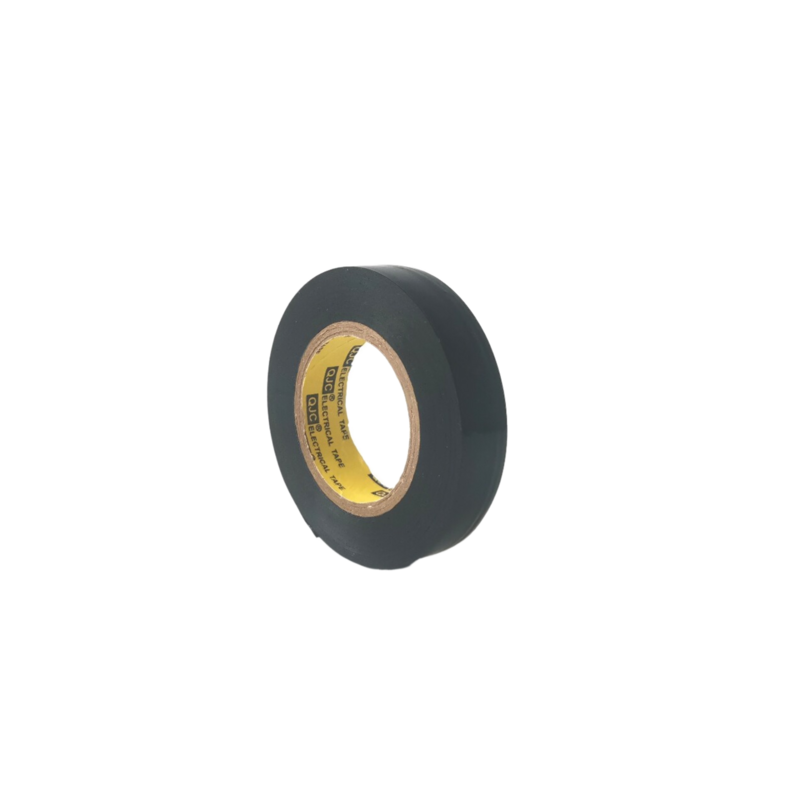How to Use Self-Amalgamating Tape A Comprehensive Guide
Self-amalgamating tape, also known as self-fusing tape or non-vulcanizing tape, is a versatile tool that finds utility in various applications, from electrical insulation to plumbing repairs. Its unique property of fusing to itself without the need for an adhesive makes it an excellent choice for numerous projects. This article will guide you through the essentials of using self-amalgamating tape effectively.
What is Self-Amalgamating Tape?
Self-amalgamating tape is made from a rubber-like material that bonds to itself when stretched and wrapped around objects. It can create a waterproof, airtight, and electric-safe seal, making it ideal for applications such as electrical insulation, automotive repairs, and plumbing. The tape is usually resistant to temperature extremes, UV radiation, and various chemicals, adding to its durability and versatility.
Preparing to Use Self-Amalgamating Tape
1. Choose the Right Tape Different grades and widths of self-amalgamating tape are available on the market. Before starting, ensure you select the right type for your specific application. For electrical work, look for tape rated for high voltage.
2. Clean the Surface The area where you plan to apply the tape should be clean and dry. Use a suitable cleaning solution to remove dirt, grease, or any contaminants that may interfere with the tape’s ability to bond.
3. Cut the Tape Measure the length of tape needed for your project. It is generally a good idea to prepare a piece that's at least twice as long as the area you're covering to ensure an adequate overlap.
Steps for Application
1. Stretch the Tape Self-amalgamating tape works best when stretched. Begin by holding one end of the tape and pulling it gently as you wrap it around the surface. The stretching action activates the fusing properties of the tape.
2. Wrap the Area Start wrapping the tape around the target area, overlapping each layer by about half the width of the tape. This will create a thicker and more secure seal. Make sure to keep the tape tight as you wrap for optimal performance.
3. Continuing the Wrap Continue wrapping until you reach the end point of the area you are covering. If you're using the tape for insulation, ensure you cover all exposed wires or connections completely.
how to use self amalgamating tape

4. Finish the Application Once you reach the desired length, cut the tape while holding the last section taut. Press the end of the tape firmly against the last wrap to ensure it bonds adequately to itself.
Post-Application Tips
- Curing Time Allow the tape some time to bond. While it fuses quite rapidly, giving it a few hours to set can help enhance the seal's strength, especially in critical applications.
- Testing the Seal For electrical applications, it's advisable to check your work with a multimeter to ensure there are no exposed areas. For plumbing uses, closely inspect the wrapped section for any signs of leakage after applying pressure.
- Storage Store any remaining tape in a cool, dry place away from direct sunlight. Proper storage extends the shelf life, keeping it usable for future projects.
Advantages of Self-Amalgamating Tape
- Versatility Its ability to adapt to various surfaces and conditions makes it suitable for a wide range of applications in different sectors, including automotive, electrical, and plumbing.
- Convenience Unlike traditional adhesive tapes, self-amalgamating tape doesn’t leave a sticky residue and is easy to remove when necessary.
- No Tools Required Applying the tape does not require any special tools, making it an accessible solution for DIY enthusiasts and professionals alike.
Conclusion
Self-amalgamating tape is an excellent solution for those looking for a reliable, versatile, and easy-to-use sealing method. By following the proper application techniques, you can ensure its effectiveness in your projects. Whether you're repairing electrical insulation, fixing plumbing leaks, or needing a temporary seal, understanding how to use self-amalgamating tape will make your tasks much more manageable and efficient. Always keep a roll handy for unexpected repairs and maintenance needs!
-
XIANGFAN Rubber Tape-Ultimate Solutions for All Your Insulation NeedsNewsJun.24,2025
-
XIANGFAN Rubber Tape-Protection for Industrial and Residential ApplicationsNewsJun.24,2025
-
XIANGFAN Rubber Tape: Superior Safety and Sealing for Demanding EnvironmentsNewsJun.24,2025
-
XIANGFAN Rubber Tape: Reliable Solutions for Every Electrical ChallengeNewsJun.24,2025
-
XIANGFAN Electrical & Industrial Tape: Powering Reliability Across IndustriesNewsJun.24,2025
-
XIANGFAN Electrical & Industrial Tape: Excellence in Every ApplicationNewsJun.24,2025
